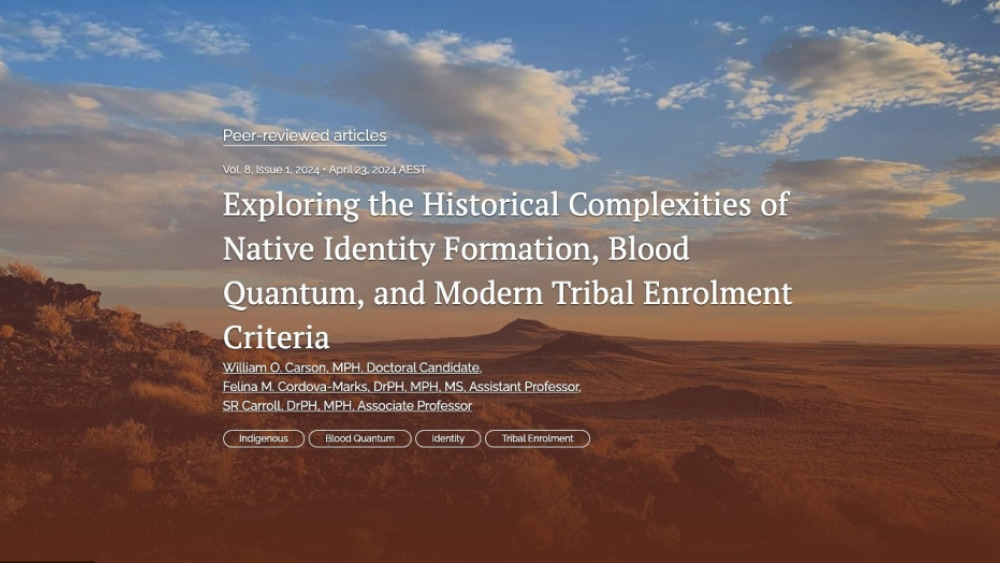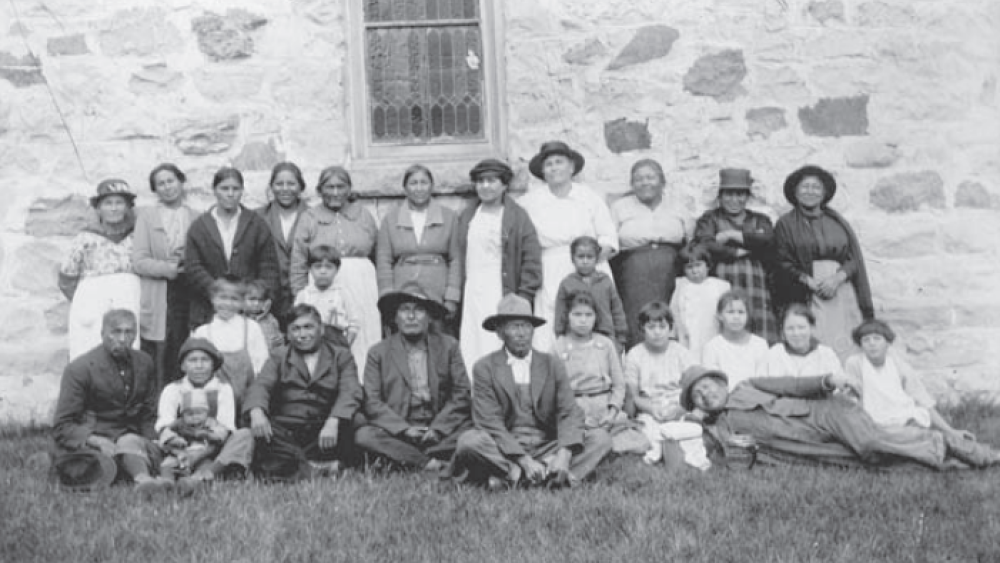This paper, “Emergence of a Distinct Legal Identity From the Forces of Assimilation: The Mesquakie Indians and the Fight for Citizenship” presents a close examination of the various legal disputes that led to Mesquakie citizenship. Among these disputes are a few cases that intersect with parents’ rights to choose not to send their children to boarding school. There was significant resistance to the Toledo Industrial School among Mesquakie parents, so much so that some were eventually arrested for refusing to send their children to the school. The Indian Agent running the school also went as far as trying to terminate the legal guardianship of parents whose children were forced to attend the school, so that the Agent could make future decisions on their behalf. Ironically, these cases served as the basis to confirm Mequakie parental autonomy and citizenship rights.

Published in partnership with National Native American Boarding School Healing Coalition (NABS)
Additional Information
Keysor, Angela. “Emergence of a Distinct Legal Identity from the Forces of Assimilation: The Mesquakie Indians and the Fight for Citizenship.” (Student paper, University of Iowa, 2002), http://meskwakipowwow.com/Meskwaki%20History/MeskinteractiveCD1/Pages/Culture/Anthology/Keysor%20Legal%20Identity.htm.



